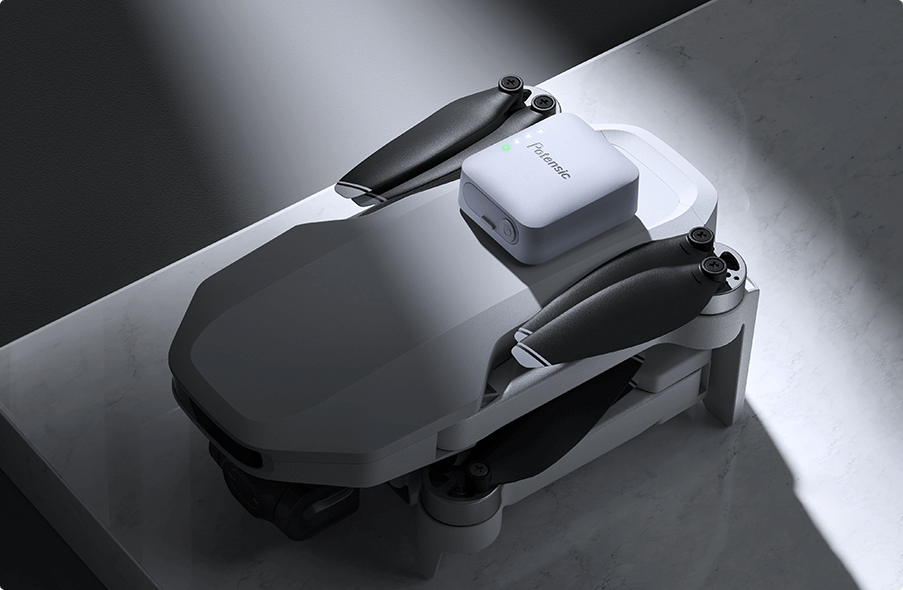In recent years, the introduction of the FAA Remote ID rule has significantly impacted drone operations in the United States. This regulation aims to enhance safety, security, and accountability in the airspace. As drone enthusiasts and professionals navigate this new landscape, understanding how to comply with the Remote ID rule is crucial. This guide will walk you through the essential aspects of FAA Remote ID compliance, addressing common questions and providing practical insights.
Purpose of Remote ID Compliance
The FAA Remote ID rule requires drones to broadcast identification information during flight, similar to how a vehicle’s license plate functions. This rule enables authorities to identify and track drones in the airspace, helping to mitigate risks associated with drone operations.
Frequently Asked Questions
2.1 What is FAA Remote ID?
FAA Remote ID is a system that allows drones to transmit specific identification and location data during flight. This information can be received by other drones, ground stations, and authorities, providing crucial data for safety and regulatory purposes.
2.2 Which drone pilots must comply with the rule and when?
All drone pilots operating within U.S. airspace, especially those flying drones that weigh more than 0.55 pounds (250 grams), must comply with the Remote ID rule. The compliance deadline is set for September 16, 2023, after which pilots are expected to adhere to the new regulations.
2.3 What are the ways for drone pilots to comply with the Remote ID rule?
Drone pilots can comply with the Remote ID rule in several ways:
- Built-in Remote ID: Many new drones come with built-in Remote ID capabilities, making compliance straightforward.
- External Remote ID Modules: For older drones, pilots can attach external Remote ID modules to ensure compliance.
- Operations at Recognized Identification Areas (RIAs): Drones operated at RIAs are exempt from the Remote ID requirement.

2.4 How do Potensic ATOM series users comply with the Remote ID rule?
For ATOM/ATOM SE/ATOM LT, consider using an external Remote ID module to achieve compliance. We have an external Remote ID Module RID-916 available.

2.5 What actions do I need to take if I want to comply with the Remote ID rule by external remote ID module?
If you have a drone that does not have built-in Remote ID, you can purchase an external remote ID module - Potensic RID-916, install it according to the following instructions, and verify that it broadcasts the necessary information.
2.6 How to check if the Remote ID functionality is working properly?
To ensure your Remote ID functionality is working correctly, conduct a pre-flight check:
- Confirm that the drone is powered on.
- Use any available app or software to check for Remote ID broadcasting.
- Verify the signal can be received by nearby devices or ground stations.
2.7 I had to affix a Remote ID module on the drone to comply with the rule, what should I look for?
When affixing a Remote ID module, ensure it:
- Meets FAA specifications.
- Is securely attached to the drone.
- Has an unobstructed view for optimal broadcasting.
2.8 What are the conditions for a drone to start broadcasting Remote ID signals?
For a drone to begin broadcasting Remote ID signals, it must be powered on and in operation, with the Remote ID system properly installed and functioning.
2.10 Does the drone with Remote ID still broadcast FAA Remote ID signals when flying outside the US?
Yes, drones equipped with Remote ID capabilities will continue to broadcast FAA Remote ID signals even when flying outside the U.S. However, it is important to check local regulations, as compliance requirements may vary by country.
2.11 If I bring a drone with built-in FAA Remote ID to the US from a non-US country, will the drone broadcast FAA Remote ID signals when flying in the US?
Drones equipped with built-in or external FAA Remote ID will broadcast signals when flying in the U.S. However, you must ensure the drone or external module meets all FAA regulations and requirements.
2.12 Will Remote ID reduce battery life?
While Remote ID systems do require some power to operate, the impact on battery life is minimal.
Most modern drones are designed to handle the additional load without significantly affecting flight time.
2.13 What will happen if the built-in Remote ID of the drone malfunctions or fails during flight?
In the event of a malfunction, the drone’s Remote ID system may stop transmitting data. It is crucial for pilots to conduct pre-flight checks to ensure all systems are functioning properly to avoid potential violations of the Remote ID rule.
2.14 Do I have to connect to a wireless or Wi-Fi network for the Remote ID functionality to work properly?
No, the Remote ID functionality does not require a connection to a wireless or Wi-Fi network. The system operates independently, broadcasting information directly to nearby receivers.
2.15 Where can I see more detailed Remote ID rule information?
For more detailed information on the Remote ID rule, visit the official FAA website or consult your drone manufacturer for specific compliance guidelines.
2.16 I have other questions about Remote ID; what should I do?
If you have further questions about Remote ID compliance, consider reaching out to FAA representatives or joining drone enthusiast forums for support and advice from fellow pilots.
Understanding and complying with the FAA Remote ID rule is vital for all drone pilots. By familiarizing yourself with the requirements and taking the necessary steps to ensure compliance, you can continue to enjoy flying your drone responsibly and safely. Remember, staying informed and proactive is key to navigating the evolving landscape of drone regulations.

